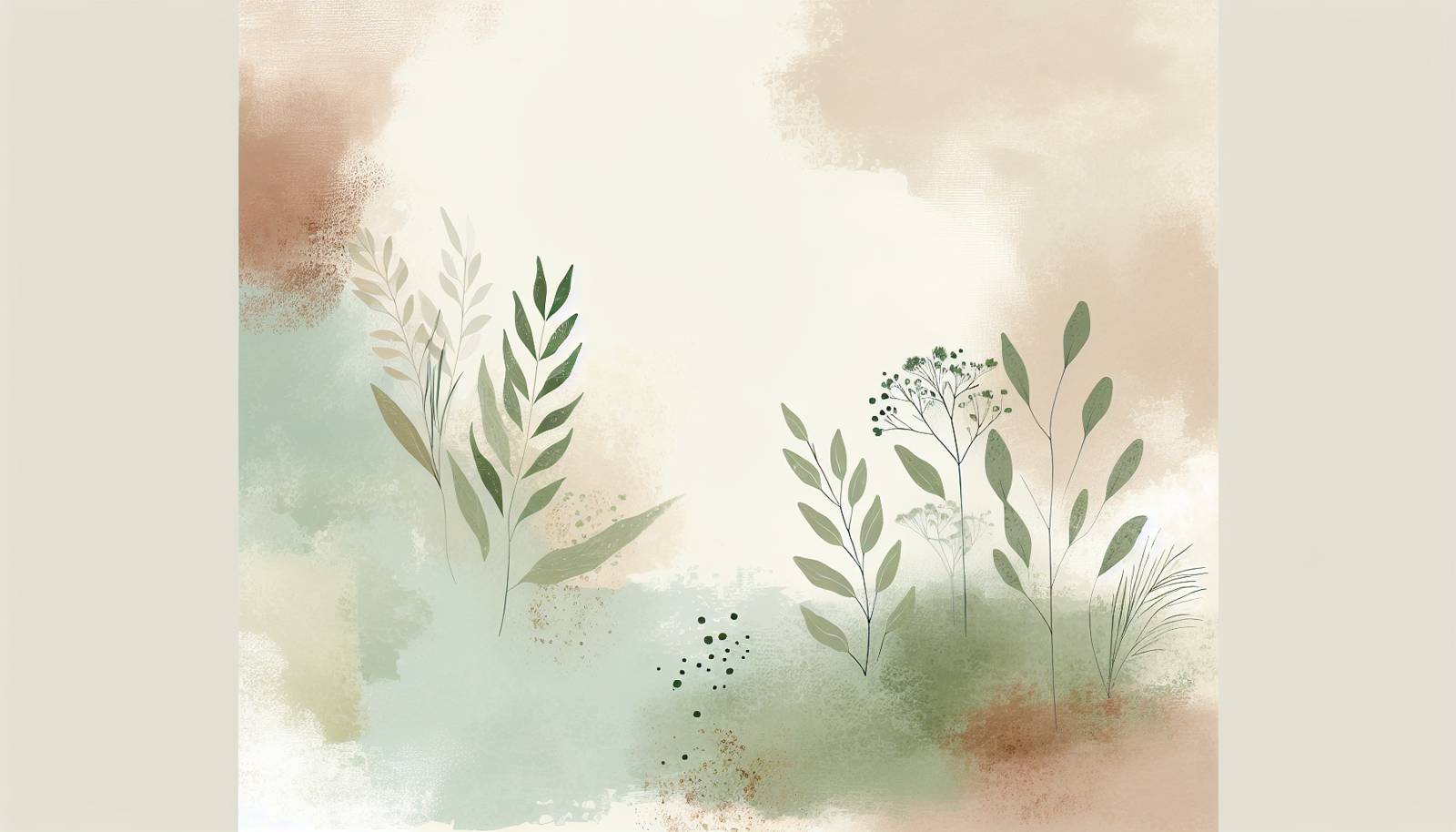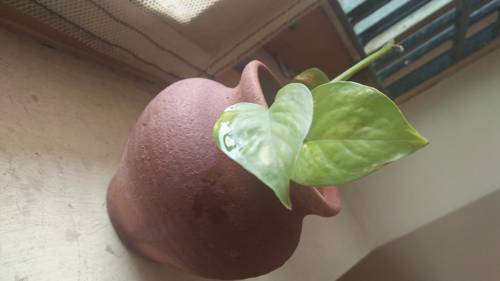
FAQ About Indoor Plant Container Choices

What materials are commonly used for indoor plant containers?
Indoor plant containers are commonly made from materials such as plastic, ceramic, terracotta, metal, and wood. Each material offers different benefits; for example, plastic pots are lightweight and inexpensive, ceramic pots provide aesthetic appeal with a variety of designs, and terracotta pots are porous, which helps with moisture control for the soil.

Why is drainage important for indoor plant containers?
Drainage is crucial for indoor plant containers because it prevents water from accumulating at the bottom of the pot, which can lead to root rot. A container with good drainage ensures that excess water flows out and air can circulate around the plant's roots, contributing to the plant's overall health.

How do I choose the right size container for my indoor plants?
When choosing the right size for an indoor plant container, consider the size of the plant's root system. A container that is too small may not provide enough space for roots to grow, while one that is too large can lead to overwatering and poor soil aeration. Generally, the pot should be around 1-2 inches larger in diameter than the current size of the plant’s root ball.

Are self-watering pots a good choice for indoor plants?
Self-watering pots can be a good choice for indoor plants, especially for those who might forget to water regularly. They have a reservoir that delivers moisture to the plant's roots gradually, reducing the need for frequent watering and helping to maintain consistent soil moisture. However, not all plants thrive with constant moisture, so it's important to match the pot with the plant type.

Can I use decorative containers without drainage holes for indoor plants?
While decorative containers without drainage holes can be used, it's important to take precautions to prevent root rot. You can do this by placing a plastic or nursery pot with drainage holes inside the decorative container, allowing for easy removal when watering. Alternatively, ensure a layer of pebbles or activated charcoal at the bottom of the pot to increase drainage efficiency.

Do indoor plant containers affect plant growth?
Yes, the right container can significantly affect plant growth. Containers that are too small can restrict root development, while those that are too large may hold excess moisture, leading to root rot. Additionally, the material and drainage capacity of the pot can impact soil moisture levels and temperature regulation, which are critical to plant health.

What are the benefits of using terracotta pots for indoor plants?
Terracotta pots offer several benefits for indoor plants. They are porous, allowing air and water to pass through, which helps prevent overwatering. This permeability aids in maintaining an ideal moisture balance in the soil. Additionally, terracotta has a classic, natural look that complements many home decors.

How often should indoor plants be moved to a larger container?
Indoor plants generally need to be repotted every 1-2 years, depending on the species and growth rate. Indicators that a plant needs a larger container include roots growing out of the drainage holes, stunted growth, and the soil drying out quickly after watering. It's best to repot during the growing season to minimize stress on the plant.

Are glass containers suitable for indoor plants?
Glass containers can be suitable for certain indoor plants, particularly those that thrive in high humidity, like tropical plants or terrariums. However, glass does not provide drainage, so it's essential to layer the bottom with rocks or charcoal to prevent root rot, or choose plants that prefer moist environments.

Can I use recycled materials for indoor plant containers?
Yes, using recycled materials as indoor plant containers is a sustainable and creative option. Items such as tin cans, jars, or old buckets can be repurposed into planters. Just ensure these containers have adequate drainage holes or use them as decorative outer pots for plants already in nursery pots.

What role does aesthetics play in choosing an indoor plant container?
Aesthetics plays a significant role in choosing indoor plant containers, as they contribute to the overall look and feel of a space. Choosing containers that complement home decor can enhance both the plant's and room's visual appeal. Consider color, shape, and design when selecting containers to match your style preferences.

How do I maintain indoor plant containers?
Maintaining indoor plant containers involves regular cleaning to prevent mineral build-up and algae growth. Wash pots with warm soapy water between plantings and scrub any residues with a brush. Ensuring proper drainage and occasionally refreshing the soil also helps maintain the health of indoor container plants.

Are metal pots recommended for all types of indoor plants?
Metal pots can be excellent for certain indoor plants but aren't ideal for all plant types. They can conduct heat, which may impact roots in warmer environments. For this reason, they are better suited for plants that can tolerate heat and drier soil conditions. Consider using metal pots with a plastic liner or as decorative covers for regular pots with proper drainage.

Do wooden containers work well for indoor plants?
Wooden containers can be used for indoor plants, typically providing a rustic, natural look. However, they can deteriorate over time due to moisture, so it’s important to line them with plastic or use them indoors where conditions are dryer. Treated wood can last longer, but ensure that any treatments used are plant-safe.

What are the advantages of using fabric pots for indoor plants?
Fabric pots, also known as grow bags, offer advantages such as improved aeration and drainage, preventing root circling and promoting healthier root systems. They are lightweight, easy to move, and can be washed and stored when not in use, making them a versatile option for indoor gardening.

Can ceramic pots be used for outdoor plants as well?
Ceramic pots can indeed be used for both indoor and outdoor plants. They are sturdy and aesthetically pleasing, which makes them versatile. However, for outdoor use, it's essential to ensure the pots are frost-resistant if located in areas with freezing temperatures, as non-frost-proof ceramics can crack in cold weather.

How should I handle indoor plants in oversized containers?
If using an oversized container, make sure to adjust your watering practices to prevent soil from staying too moist, as large volumes of soil will retain more water. Consider placing rocks or pot shards at the bottom to help with drainage, and monitor the plant closely to ensure it is not suffering from overwatering.

Are there specific containers advised for succulents and cacti?
Succulents and cacti thrive in containers with excellent drainage. Terracotta or ceramic pots with drainage holes are typically recommended because they allow excess moisture to evaporate easily, mimicking their natural arid environments. Avoid using glass or plastic containers that can retain too much moisture.

What is the impact of pot color on plant health?
The color of a pot can impact plant health by affecting soil temperature. Dark-colored pots can absorb more heat, which may lead to warmer soil temperatures, potentially ideal for heat-loving plants but harmful to others. Light-colored pots reflect more heat and can help keep soil cooler, which is beneficial in warm climates.

Do I need to sterilize containers before repotting indoor plants?
Yes, sterilizing containers before repotting is recommended to prevent the spread of diseases and pests. You can sterilize pots by scrubbing them with a solution of one-part bleach to nine parts water, then rinsing thoroughly. This helps create a healthy environment for the new plant.
